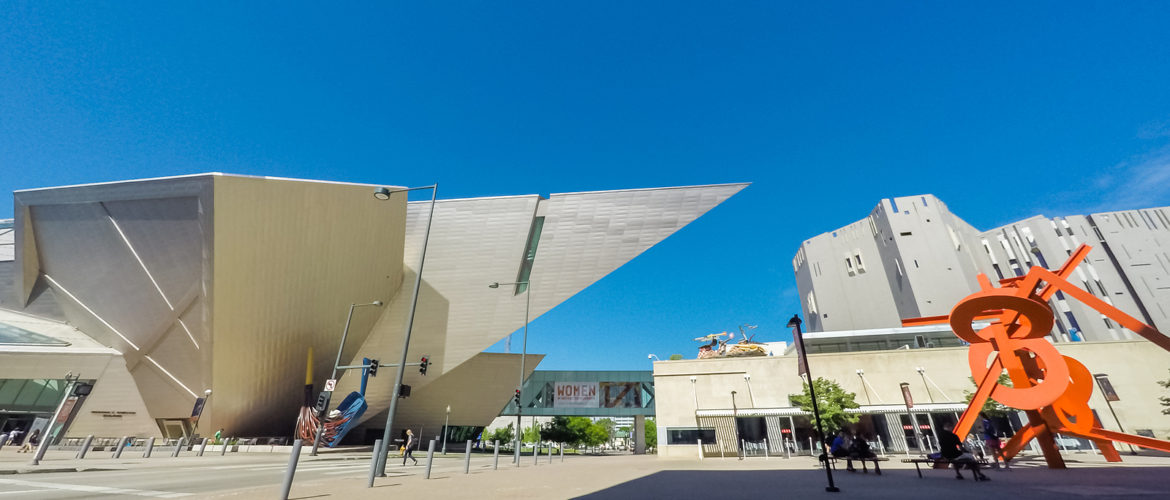Things to Know about the Denver Art Museum in Colorado

Throughout more than a century of its existence, the Denver Art Museum (DAM) has gradually evolved from a humble local art institution into an internationally recognized art destination. It combines striking contemporary architecture with a rich history and a unique curatorial approach to collecting art. Let’s take a closer look at the Museum and its historical path.
History of the Denver Art Museum
Founded in 1893 as the Denver Artists Club, the DAM acquired its present-day name in 1918. Its collection was initially housed in several homes, but in 1971, the Italian modernist architect Gio Ponti created the North Building, a bold architectural object that has been home to the Museum since then. In 2006, the DAM’s space was expanded by a fascinating titanium-clad structure designed by Daniel Libeskind. The museum later underwent a major renovation, with the North Building renamed the Martin Building. At present, these two buildings represent the globally recognizable makeup of the DAM, which fuses classicism and bold innovation.
What to See and Embrace at the DAM
The DAM is widely known for a vast collection of Native American art, with an intergenerational and intercultural focus. Most importantly, the Museum works in close tandem with local Indigenous communities to ensure culturally informed, respectful representation of Indigenous art heritage. A collection of Western American art is another matter of the DAM’s pride. It contains hundreds of works chronicling the evolving American West, as reflected in paintings, sculptures, and photographic works.
The DAM is also committed to broader social and environmental issues, working toward their objective and honest representation through art. For instance, in 2025, the Museum held an environmentally focused exhibition titled “Disruption: Art and the Climate Crisis,” revealing varying artistic perspectives on climate change. The show featured works by established artists like Olafur Eliasson and El Anatsui, both known for their activist stance on environmental issues. This and other exhibitions make the DAM an influential participant in the American art landscape, offering unique perspectives and fostering cultural equity and representation.
The Denver Art Museum is also known for its interactive Bartlit Learning and Engagement Center, featuring a learning space with guest speakers, educational talks, community events, and active cultural programming, turning the DAM into an important networking institution in Colorado.
